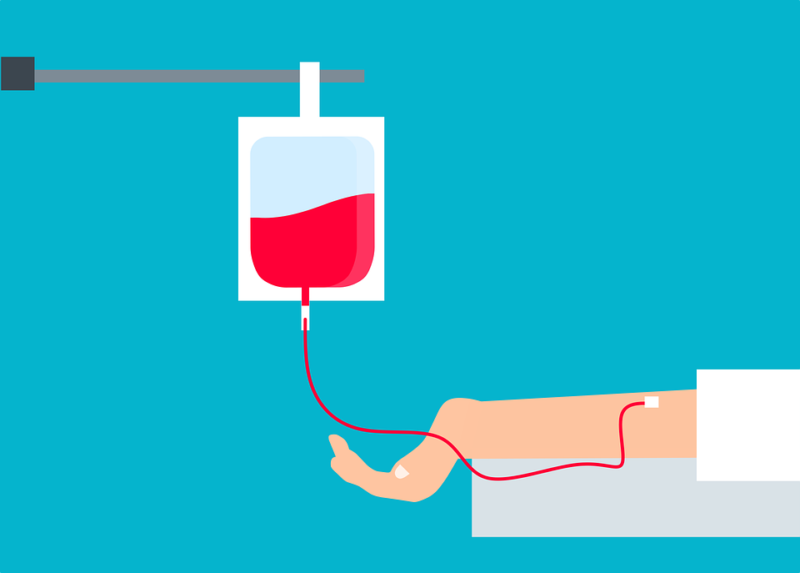Are you wondering what is tissue donation? Well, there’s no need for elaborate discussions since it means exactly what it’s called. Donating tissues is a common medical practice that has saved countless lives and made many patients live comfortably.
Tissues are a cluster of cells that work towards the same purpose. These tissues are grouped based on their structure and function.
With these, it is evident that they play a massive role in everyday living. Since the body is interconnected, a malfunction in one can cause an error in the whole system.
An Easy To Understand Guide To Tissue Donation
Before discussing tissue donation, we must first recognize the importance of this development and how it has changed so many lives or even saved them. Victims of severe burns, patients who were supposed to be amputated, and even cancer patients who were saved by replacing bone tumors are all proof of the significant change this procedure has contributed to our society.
How does tissue donation happen?
The procedure varies from the perspective of the patient and the donor.
Patient
If you are a patient looking for a donor, you are most likely admitted to the hospital. The doctors will give you a referral for a tissue transplant. However, taking this step will be your choice. If you choose to decline, they will proceed with the usual treatments, which will not be as effective and more expensive in the long term.
Once you agree, they will be searching for possible donors and checking for compatibility. Depending on the consumer demand for the tissue you need, you may have to wait for a certain period. It is also essential to be informed on the type of surgery you will be undergoing, depending on the tissue.
Once the necessary paperwork is filled, and the compatible tissue is ready for transplant, it will require medical procedures to prepare your body for surgery. Usual methods involve anesthesia, fasting, and some pills to keep you asleep during the operation.
Donor
You can only donate most tissues after death since they are essential to keep the body running. Tissues available for donation while alive are a lung, a kidney, and a part of the liver.
For the rest, they can only be given after death. If you plan on being a donor, hospitals give out organ donation slips that require your signature. This will be proof that you are giving the hospital permission to use your tissues for medical purposes. For the first 24 hours after death, tissues can be ready for transplant and stored.
If the deceased has not signed a donor slip, the next of kin may make a decision. They may choose to register the deceased as a donor in the registry, and a donation can still happen. Tissues also have to be checked whether you can still donate them. They have to pass an organ screening if you can still transplant them. It may be helpful to know what is presumed consent organ donation.
When can I get a tissue donation?
So, you know what is tissue donation. Now, it’s a good idea to know when to get one. A meaningful way to define what tissue donation is are some instances that may require tissue replacement surgery.
Lethal burns
Severe burns tend to leave scars that can disfigure the appearance of your body and face. However, easily visible burn scars in the face and hands can be covered with new skin and restored to their original look. If there are many available tissues, you can have everything covered to your liking. Know about some fatal burn injuries.
To prevent amputation
Amputation is the permanent loss of a body part. For example, most athletes experience injuries that can lead to shattered limbs and then amputation. However, through medical and cosmetic surgery that requires tissue donation, you can recreate limbs, and your body will function as nothing happened!
Here are also cases where doctors suggest amputation to save your life. For example, cancer which spreads all over the body and eats it up slowly, can be prevented from thoroughly killing you by removing the infected part to stop the growth. An example is a bone tumor. The tumor will be removed from the body together with the bone and replaced with a cancer-free donation, and the journey to being cancer-free can start.
Dysfunctional bones
Problems with the hip bone can interfere with movement and become extremely uncomfortable and painful in some situations for the patient. To prevent this from being an inconvenience, hip bones can be replaced and thus improve mobility or even restore it! Unfortunately, scoliosis is a relatively common problem and a difficult one to get by. Thankfully, some tissue donations can replace certain affected back parts and improve their condition. Even better, you can completely repair some damages.
Eye problems
Severe eye problems that can lead to permanent blindness can be prevented, thanks to donations! Eye tissues are allowed for transplant, and you can improve damaged eyesight so you won’t have to face the worrying possibility of going blind. You can also restore sight with the help of eye transplants. If you’ve lived your life unable to appreciate the beauty of color, certain medical developments have opened to unique possibilities.
Conclusion
Now that you are knowledgeable on what is tissue donation, we thoroughly advise you to contact your nearest hospital for more information if you feel like you need one or want to help those in need. Take care! And oh, read related articles; know what is fetal tissue donation and what are the benefits of organ donation.

